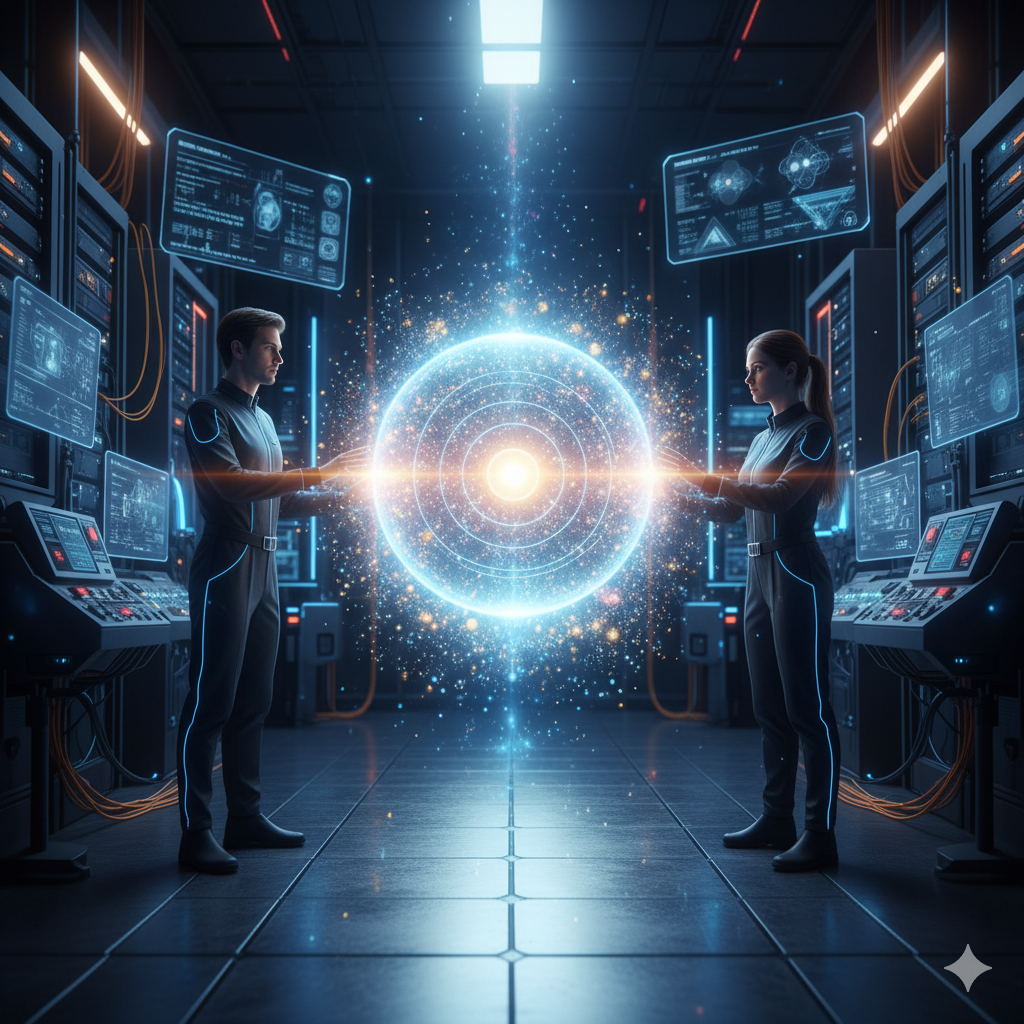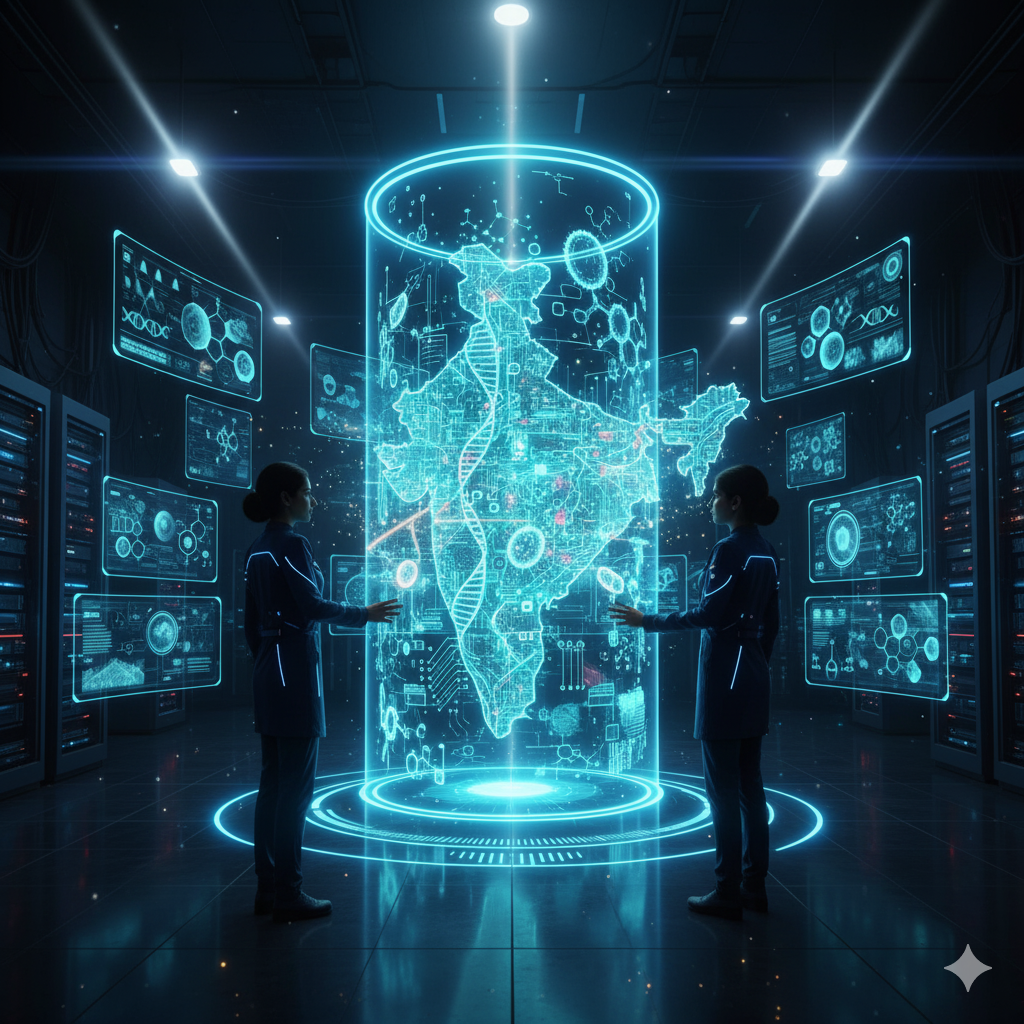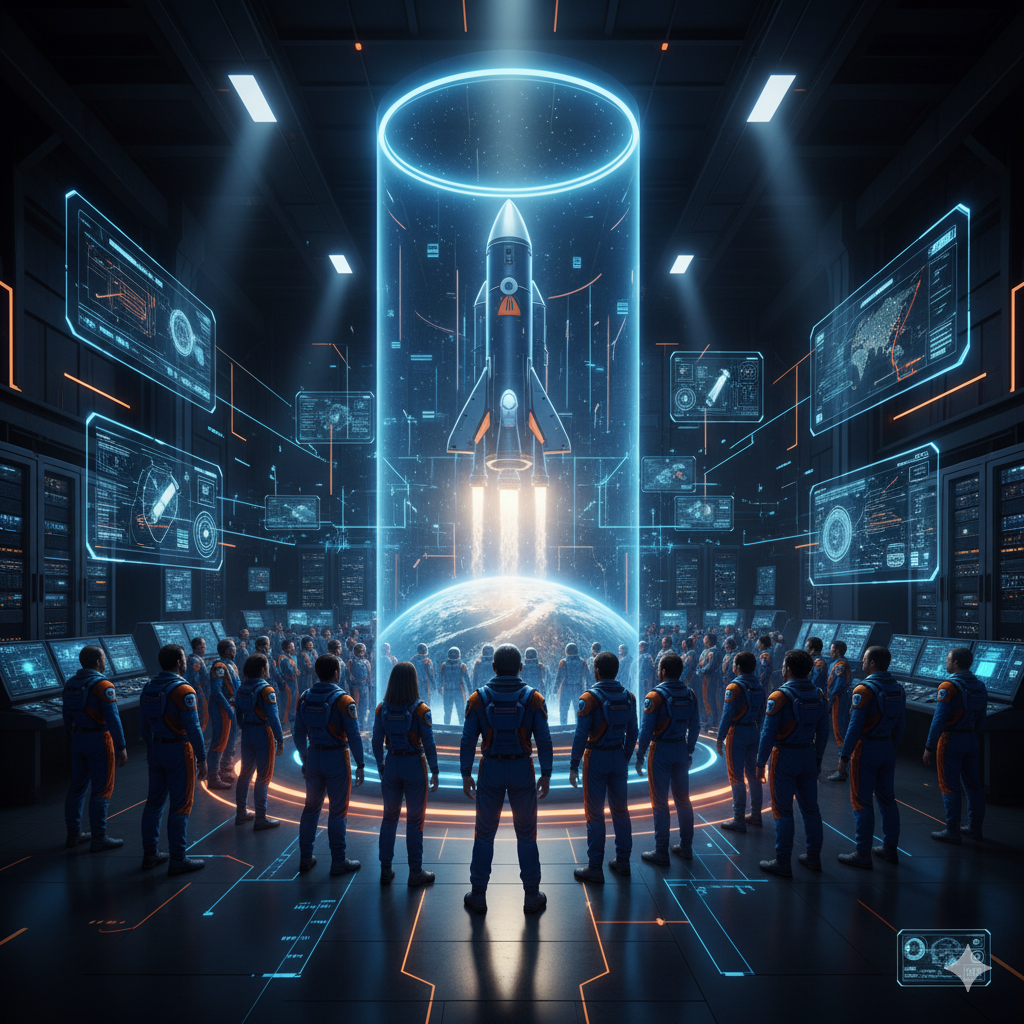For centuries, human beings have been fascinated by dreams. From ancient civilizations interpreting them as divine messages to modern psychologists studying them as reflections of our subconscious mind, dreams have remained one of the most mysterious aspects of human experience. A common question that has always intrigued both scientists and ordinary people is: Can we capture or record our dreams?
With advancements in neuroscience, artificial intelligence (AI), and brain-machine interfaces, this question has started shifting from imagination to scientific exploration. Today, researchers are experimenting with ways to decode brain signals and visualize dream imagery, suggesting that dream recording may not be far from reality.
This article explores the science behind dream capture, the working of machines that attempt to decode dreams, ethical implications, challenges, and the future possibilities of dream technology.
Understanding Dreams: A Neuroscientific Perspective
Dreams are vivid experiences that occur mainly during the Rapid Eye Movement (REM) sleep stage, although they can also appear in non-REM stages.
Key Brain Processes During Dreaming:
- Activation of the Visual Cortex – The brain regions responsible for processing images are highly active during dreaming.
- Memory Consolidation – The hippocampus integrates daily experiences, sometimes manifesting in dream imagery.
- Emotional Regulation – The amygdala, associated with emotions, contributes to emotionally intense dreams.
- Reduced Prefrontal Cortex Activity – The logical, rational part of the brain is less active, which explains why dreams often appear illogical.
Neuroscience shows that dreams are not random hallucinations but meaningful brain processes reflecting memory, emotions, and imagination. This makes the possibility of capturing dreams through brain signals scientifically plausible.
The Science of Capturing Dreams
The core idea of dream recording is based on decoding neural signals into images, sounds, or text representations.
1. Brain Imaging Technologies
- Functional Magnetic Resonance Imaging (fMRI):
Measures changes in blood flow in the brain to identify which regions are active. Used in experiments to reconstruct images seen by awake participants. - Electroencephalography (EEG):
Captures electrical activity of neurons, widely used in sleep research. Helps detect REM cycles and dreaming phases. - Magnetoencephalography (MEG):
Records magnetic fields from brain activity, providing more precise timing data.
2. Decoding Dreams Using AI
Artificial Intelligence and Machine Learning algorithms are trained to map brain activity patterns with images or words.
- Example: In 2013, a team in Japan (ATR Computational Neuroscience Laboratories) successfully reconstructed rough dream images using fMRI and AI, showing objects like houses, people, and animals.
- AI works by matching neural activity with a dataset of brain scans collected while subjects look at real images, then predicts what dream imagery may resemble.
3. Neural Signal Translation
Dream capture machines attempt to translate neural signals into a readable format:
- Brain activity → Digital signals → AI pattern recognition → Visual/audio/text output.
This process is still primitive but has shown proof of concept.
How Dream-Capturing Machines Work (Step-by-Step)
- Brain Monitoring During Sleep:
The subject wears a device (fMRI scanner, EEG headband, or neural sensor) that records brain activity in real-time. - Identifying REM Sleep:
Algorithms detect when the sleeper enters REM sleep, the phase when dreams are most vivid. - Signal Collection:
Neural data is collected from visual, auditory, and emotional brain centers. - AI Data Processing:
- Pre-trained AI models compare the signals with previously recorded brain patterns.
- The system tries to match dream imagery with stored datasets.
- Reconstruction of Dreams:
The output may appear as:- Visual reconstructions (blurry images or animations).
- Text-based descriptions (what objects likely appeared).
- Audio elements (dream-related sounds).
Although still far from perfect, early results suggest that dream machines could eventually capture clearer dream content.
Current Progress in Dream Science
Some fascinating breakthroughs include:
- Decoding Dream Images (Japan, 2013):
Scientists reconstructed rough visualizations of what participants were dreaming by analyzing brain scans. - Dream-Inspired Lucid Dream Experiments:
Devices like lucid dream headbands send light or sound cues during REM sleep to trigger self-awareness inside dreams. - Sleep Communication Studies (2021):
Research from Northwestern University showed that sleepers could answer simple math questions while dreaming, proving two-way communication with dreamers is possible.
These advancements show that dreams are not inaccessible mysteries but measurable brain events open to scientific decoding.
Challenges in Dream Capture
Despite progress, significant obstacles remain:
- Complexity of Dreams:
Dreams are not simple visual experiences; they involve emotions, abstract ideas, and shifting narratives. Capturing them fully is difficult. - Technological Limitations:
fMRI machines are large, expensive, and not practical for everyday use. EEG headbands are less accurate. - Accuracy Issues:
Current AI reconstructions are blurry and only partially accurate. Reconstructing detailed dream content remains a challenge. - Ethical Concerns:
- Privacy violations: If dreams reveal personal thoughts, who owns that data?
- Legal issues: Could dream recordings be used in court?
- Psychological risks: Viewing traumatic dreams might cause distress.
The Future of Dream-Capturing Technology
1. Advanced Brain-Machine Interfaces
With technologies like Neuralink (Elon Musk’s project), brain implants could record brain activity at a much higher resolution, making dream capture more precise.
2. Everyday Dream Recording Devices
Portable headbands or sleep masks equipped with EEG and AI chips may allow people to record their dreams at home.
3. Virtual Reality Integration
Dream recordings could be played back as VR experiences, letting people re-live or share their dreams in immersive environments.
4. Therapeutic Applications
- Trauma treatment: PTSD patients could record nightmares and work with therapists to reprocess them.
- Creativity & Innovation: Artists, writers, and filmmakers could use dream recordings for inspiration.
- Sleep Disorder Research: Recording dreams could help study insomnia, sleep paralysis, and other disorders.
5. Memory Enhancement
Dream capture technology could merge with memory storage systems, helping people remember forgotten dreams or even retrieve lost memories.
Ethical and Philosophical Questions
Dream capture raises profound questions:
- Who owns a dream? – Is it private mental property or sharable data?
- Consent Issues – Could companies or governments misuse dream-reading technology?
- Impact on Creativity – If we can record dreams, will it enhance imagination or reduce its mystery?
- Human Identity – Since dreams reflect our subconscious, recording them might blur the boundary between inner thoughts and external reality.
These questions highlight the need for strict ethical guidelines before dream recording becomes mainstream.
Conclusion
The idea of capturing dreams, once confined to science fiction, is gradually moving into the realm of scientific possibility. With advancements in neuroscience, AI, and brain-machine interfaces, researchers have already made early progress in reconstructing dream imagery. Although the technology is still in its infancy, the future may bring portable devices capable of recording and replaying dreams.
Dream capture has immense potential in fields like psychology, creativity, and medicine, but it also raises serious ethical dilemmas about privacy and personal freedom. As with any revolutionary technology, society must balance innovation with responsibility.
In short, capturing dreams is no longer a fantasy—it is an emerging scientific frontier that may transform how we understand the human mind.




